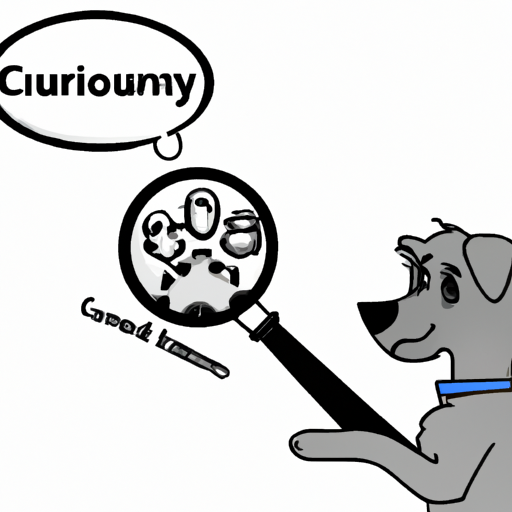Understanding Your Furry Friend’s Anatomy
First and foremost, let’s tackle your key question head-on: How many fingers does your dog have? You might be surprised to hear that dogs don’t technically have fingers. They have something far more specialized – paws!
Each paw consists of the following components:
- Digits: These are analogous to our fingers and toes. Dogs typically have five digits on their front paws and four on their rear paws.
- Claws: These are similar to our fingernails, but they’re much stronger. Each digit has one claw.
- Pads: These are the cushiony parts of the paw that help with traction and shock absorption.
You might be thinking, “But that’s only four digits on the back paws!”. Well, you’re right. However, some breeds do have a vestigal digit, known as a “dewclaw”, on their rear paws.
| Paw | Regular Digits | Dewclaw |
|---|---|---|
| Front | 4 | 1 |
| Rear | 4 | 0 or 1 |
The Role of a Dog’s Paw
Now that you know what constitutes a dog’s paw, let’s delve into their purpose. Dogs’ paws are incredibly versatile. They’re designed for running, digging, and even swimming. The pads provide traction and act as shock absorbers, protecting the bones and joints in the foot.
Your dog’s claws are equally essential. They provide additional grip when running and are crucial for digging. Each claw on a dog’s paw corresponds to one digit, much like our fingernails.
Recognizing Potential Paw Problems
As a caregiver, you want to ensure your dog’s paws stay in top condition. Here’s a list of common issues to look out for:
- Cracked Pads: This can be due to environmental factors like hot pavement or a sign of a nutritional deficiency.
- Overgrown Claws: If the claws are too long, they can cause discomfort and difficulty walking.
- Injuries: Dogs can easily injure their paws by stepping on sharp objects.
Regularly checking your dog’s paws can prevent these issues from becoming more serious.
Caring for Your Dog’s Paws
Looking after your dog’s paws is crucial. Here are some simple steps:
- Regular Nail Trims: Keep those claws at a healthy length.
- Paw Checks: Regularly check for any signs of injury or irritation.
- Moisturize: Use a pet-safe moisturizer to prevent cracking and dryness.
Frequently Asked Questions (FAQs)
1. How often should I trim my dog’s nails?
Typically, a monthly trim is adequate. However, it can vary depending on your dog’s activities and the surfaces they walk on.
2. What should I do if my dog injures their paw?
Minor injuries can be cleaned and bandaged at home. However, if your dog is in pain or the wound is deep, seek veterinary attention immediately.
3. Can dogs have more than five digits on their front paws?
Yes, some breeds have a double dewclaw on their front paws, giving them a total of six digits.
Embrace your role as a caregiver and remember that understanding and maintaining your dog’s paw health is an integral part of their overall well-being.



